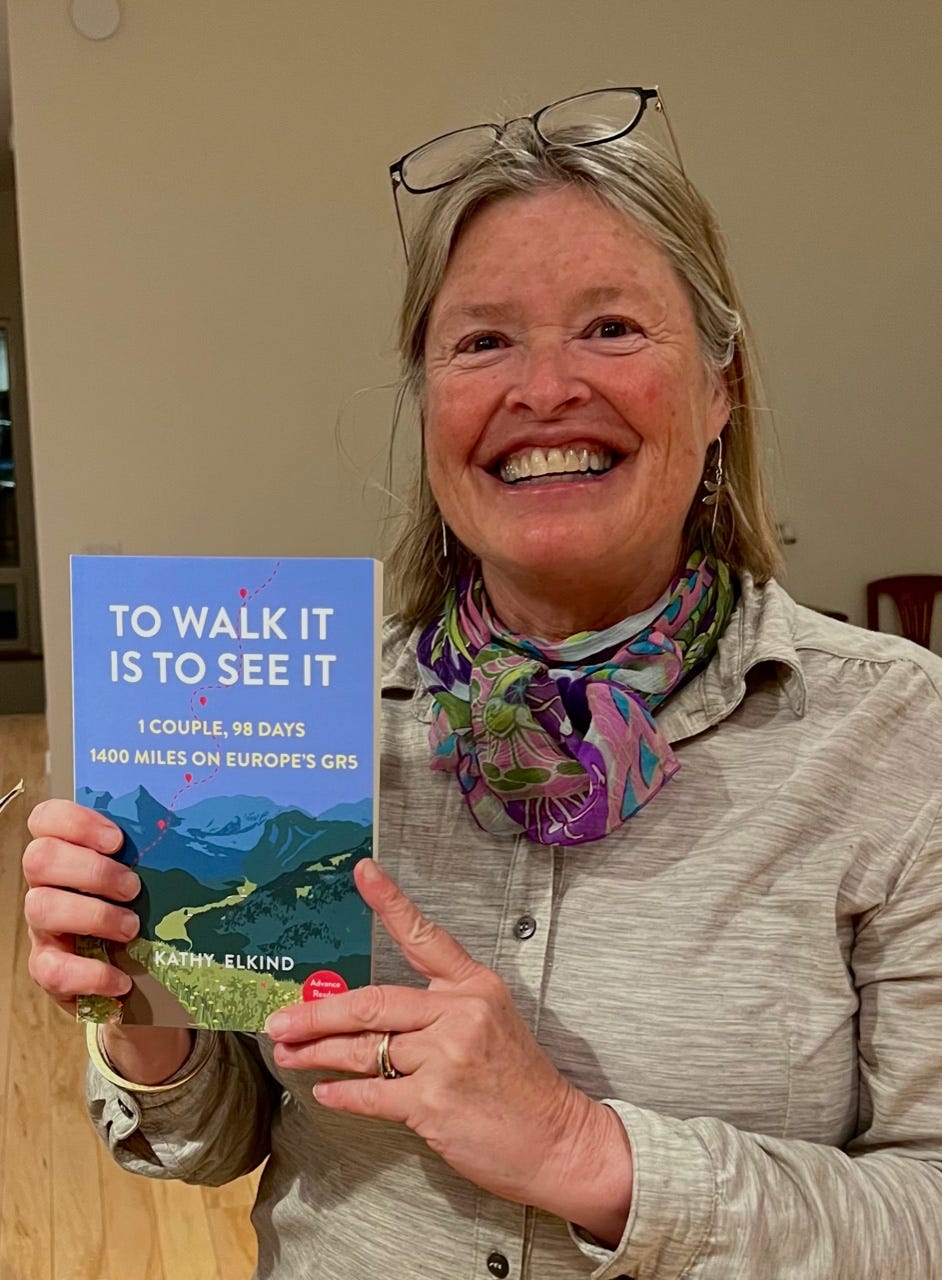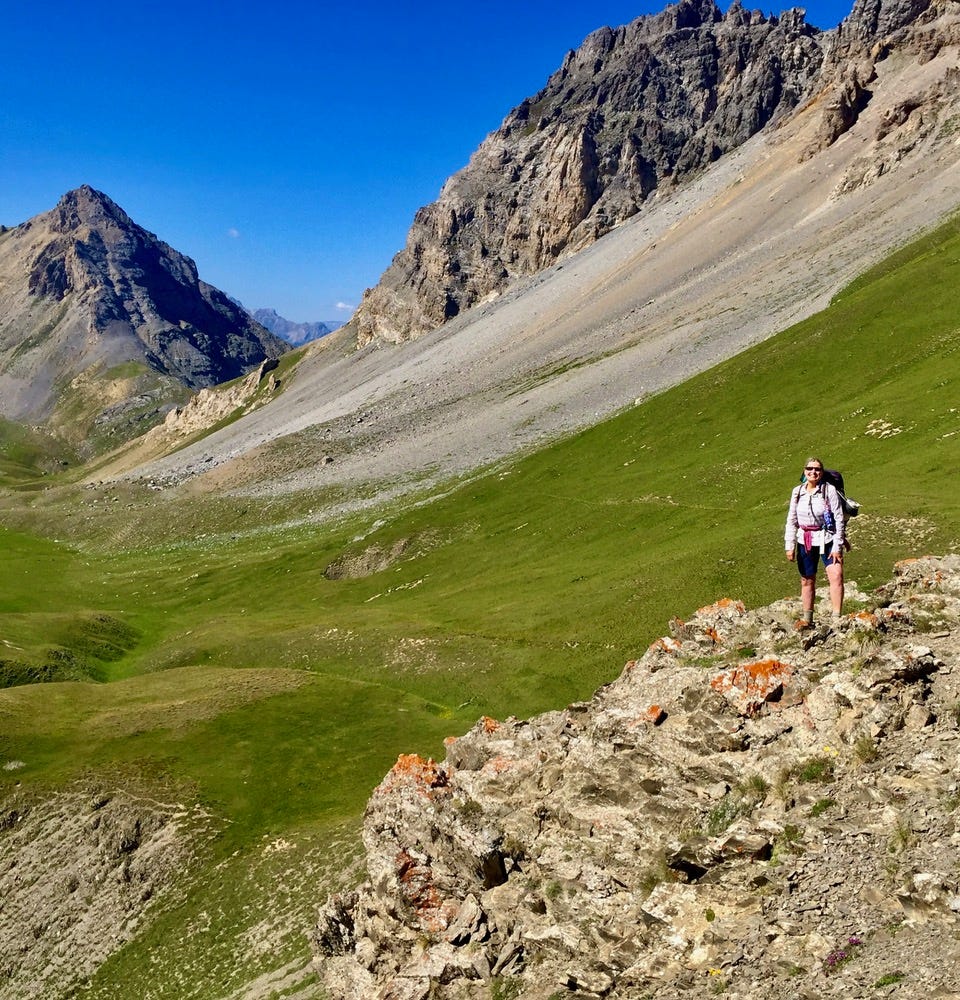When I began my MFA at Vermont College of Fine Arts, the manuscript I wanted to workshop was a YA fantasy full of faeries and angst. After my first semester, though, my advisor, the amazing author Uma Krishnaswami, challenged me to think of writing something “more personal.” I was a bit taken aback by her challenge. After all, the stories I truly loved and wanted to write at that time were fantasies a la Holly Black. Still, Uma’s words stuck in my head. Soon, I began noodling on a story about a 14 yro girl who, like I did as a young teen, spent the summer in Greece with her Greek relatives. Many drafts and years later, that story would become my debut Kat’s Greek Summer, releasing—yipes!—this May.
Funny thing, while my novel is based on my own memories of summers spent with the Greek side of my family in a small rustic Greek fishing village, the concept of writing my story as a memoir never occurred to me. I mean, I read memoirs here and there, and certainly have a lot of respect for the form, but the concept of writing a “true” account of that time in my life didn’t strike a chord with me.
All that said, when good friend and ski pal Kathy Elkind and her husband Jim returned from a trip where they walked 1,400 miles of Europe’s GR5, I was super intrigued by their adventure. About the walk and their experiences sure, only what captured my interest truly was Kathy’s plan to write a memoir about their time. During her months and months of drafting, revision and then publishing her memoir To Walk It Is To See It, I learned a lot from Kathy—much of which inspired immense gratitude. First, her writing got me thinking about what constitutes a memoir exactly. Here, I’ll pull from my internet research where memoir is defined as, “A collection of memories written by the person reminiscing,” or “A narrative written from the perspective of the author, about an important part of their life,” or “A piece representing not literal truth, but a “higher” truth—reality as it is experienced, not as it is documented.”
My second point of gratitude is that talking with Kathy about memoir also had me thinking more deeply about digging around in my own memories to write Kat’s Greek Summer. How putting other characters into my memories actually gave me a more expansive understanding of both my younger and my present self. To my mind, another kind of “higher” truth.
My third point of gratitude to Kathy has a more practical bent as she is the one who introduced me to She Writes Press and SparkPoint Studio, and ultimately to SparkPress. Honestly, I wouldn’t be on my own publishing journey without our conversations, and without my being able to witness her experience with SWP. Huge thanks, Kathy, and even more for participating in my interview series.
Why did you decide to write a memoir?
In 2018 when Jim, my husband, and I returned from walking the length of Europe, 1400 miles on the GR5, I had a burning desire to share our adventure with the world. The walk was so different from what Americans are used to hiking, for example: wilderness long-distance trails like the AT (Appalachian Trail) and the PCT (Pacific Crest National Scenic Trail).
Walking the GR5 was civilized and cultural; we walked village to village and did not camp. I wanted more people to know about the GR5, and what it was like to walk for three months with my partner.
What does it feel like for you to sit down to write? Describe.
Writing had been a difficult chore for me. I have dyslexia and did not learn to read until 7th grade, and writing was always excruciating. I usually had to eat a lot of chocolate to get something written, though I have always kept a journal just for myself and that writing was fun.
But this time I had a goal and focus. I brainstormed a list of vignettes and stories from the walking adventure. I wrote them as if I was telling someone what I had seen and felt. Because I was motivated to share the stories, they flowed out of me, and I trusted the process. This writing felt good. It wasn’t easy, but it was a challenge I accepted.
At the same time, I was taking classes on memoir writing and learning craft. It was a process, but with each draft I used different crafts for different parts of the story. It was like a puzzle—my dyslexic brain and intuition were good at knowing what craft to use when.
I read many memoirs through this process and learned from them. They were my models. When I was playing with the structure of my memoir, I tried different forms from the memoirs I had read. My memoir is the story of walking for 98 days through five countries, but it also has a trail of reflections of my struggles with dyslexia, body image, and my long-term marriage.
What is it like for you as an author? Please share any aspect you wish, like, the best aspects, the most challenging?
I love sharing my slides of the adventure and reading excerpts from my memoir at libraries. The best part is the question-and-answer part. I love connecting to other walkers and hikers, and sharing the love of long-distance walking. I love also answering questions about the writing process. I’m an example of someone who never thought they would write a book, and I did it. I hope I inspire people to share their own stories. I’ve done over twenty presentations at bookstores, libraries, and cultural centers.
Right now, the biggest challenge for me is what am I going to write next? Am I a one-and-done author, or do I have more to say?
What is a favorite memory/experience of connecting with a reader?
One podcaster, Becky Berry of “She’s Not Done Yet Podcast”, really got my story. I write about using self-compassion, and I shared exactly what I was saying to myself in difficult circumstances. Self-compassion can be elusive until you have taken a class on it. She said my writing about it really helped her finally understand and be able to use self-compassion. She connected to all the feelings a post-menopausal woman has when she is trying to push this new body across mountains. She loved the book so much she had her book group read it. That made me feel good.
Do you believe paper books are still relevant? Why or why not?
I believe paper books are still relevant. I love to hold a book and turn the pages and know how far I’ve read just by looking at the book. Having a home library (a bookshelf) is creative and fun. Curating what books are worth keeping is a deep-thinking activity and it forces you to identify your values, or you can just use your intuition.
I also love audiobooks. I listen while cooking and driving. And e-books are the best for travel. I’m glad there are all three.
What is a question no one ever asks you about your writing or being an author, but you wish they would? What is your answer?
I don’t think people realize how much work authors put into marketing and publicity, so I guess the question would be: how do you get your books out to the right audience?
Answer: It takes work and determination to get your name out there by writing articles and getting them published, being on podcasts, giving presentations, being on social media, and then of course your book must connect with its intended audience. So, it is work but most of it is fun work.
I’ll leave you with a book-ku of Kathy Elkind’s To Walk It Is To See It
Memories written.
A grand walk: adventurous
And meditative
Bio:
Kathy Elkind is a long-distance walker and writer. She has walked the GR5, the Andalusian Coast to Coast Walk, and parts of the Cammino Materano in Italy. She has been an elementary teach and a Mindful Self-Compassion teacher. She lives in the Mad River Valley. To Walk It Is To See It is her first book. M.Ed.
All photos taken by Jim Elkind




What an interesting walk - I love the idea of going from village to village. Thanks for sharing!